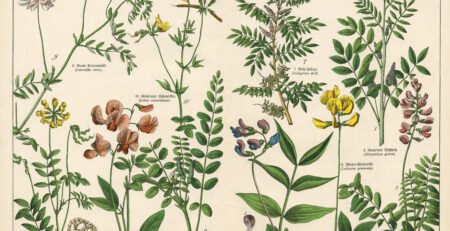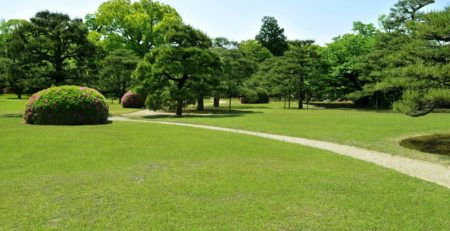Planting Bare Root Fruit and Nut Trees
Question: When and how should bare root fruit and nut trees be planted?
Answer: Bare root trees are trees that are dug and stored without any soil around their roots. Dr. Larry Stein, Texas A&M University professor and AgriLife Extension Horticulturist, recommends bare root fruit and nut trees for home gardeners. Unlike container-grown trees, you know bare root plants are not root bound; and you can easily inspect the roots for nodules (a possible sign of nematodes), damage, and general health.
Plant bare root trees from late December into February while they’re fully dormant. Trees planted later in the spring won’t have time to establish new roots before stressful summer weather arrives.
Carefully choose where you plant fruit and nut trees because they need plenty of sun. It would be helpful, if you have the option, to plant them in a location protected from late day sun. This will delay when buds open in the spring, and reduce the chance a late cold snap will damage vulnerable buds and reduce fruit production. Plant fruit and nut trees in a well-drained area, avoiding areas where you have seen water pooling after a rain. If necessary, you can build up a berm of soil to give the tree a well-drained spot.
Before planting, remove any root medium from the roots, but don’t let the roots dry out. You can place them in water to keep them wet while you work. When planting, dig a hole large enough to spread out the root system. Place the tree in the hole at a depth that will keep the root collar at or just slightly above ground level. Never cover the root collar (the distinct line where the stem meets the root ball) with soil. Fill the hole about half full with native soil, water well to settle the soil around the roots, then complete filling the hole and water again to settle the soil.
Now the hard part: prune the newly planted tree. Remove all the side branches and cut the central stem to about 42” for pecan trees and about 18-24” for fruit trees. This may seem severe, but it will give the tree a better balance between top growth and its newly expanding root system.
Don’t overwater the tree while it’s dormant. A good watering every 4-6 weeks is enough, and you may be able to skip that if there’s a good rain. Once a tree begins to grow, give it an inch of water every week. Fertilize in the spring with a cup of 21-0-0 ammonium nitrate, or with an adjusted amount of a lower nitrogen fertilizer, once a tree has put out 8-10 inches of new growth. Keep the fertilizer 12–18 inches away from the tree trunk and water it in well.
Dr. Stein makes further recommendations about planting fruit trees online. Follow his direction and you will be amazed at the tree you create!












